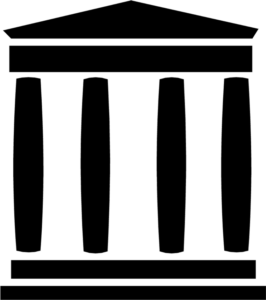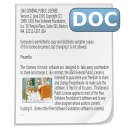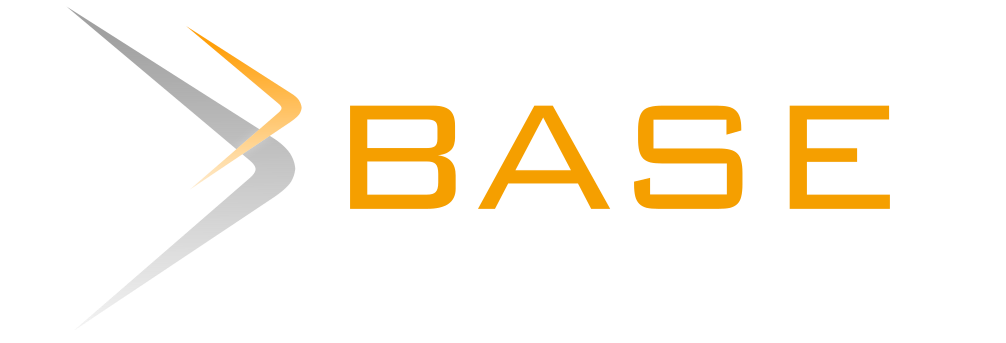Prediction of bubble pressure using machine learning
Abstract
In the present study, the collection of machine learning algorithms of the Weka program was used to predict the bubble pressure of 36 oil samples, determining the accuracy of their results with the 10-fold cross-validation test method. Subsequently, for comparison purposes, the bubble pressures were calculated with the correlation generated in the work from which the samples were taken and their results were more precise than those obtained by the algorithms in 4 of the 7 performance metrics used. Due to this situation, and considering that the correlation was evaluated with the same data with which it was generated, the test method was changed to validation with the training data and the bubble pressures were predicted again. Other things being equal, machine learning was more accurate than correlation on all performance metrics.
Downloads
References
X. Yang, B. Dindoruk and L. Lu, “A comparative analysis of bubble point pressure prediction using advanced machine learning algorithms and classical correlations”, Journal of Petroleum Science and Engineering, vol. 185, 106598, 2020. Available: https://doi.org/10.1016/j.petrol.2019.106598. DOI: https://doi.org/10.1016/j.petrol.2019.106598
M. M. Almashan, Z. Arsalan, Y. Narusue and H. Morikawa, “Estimating Pressure-Volume-Temperature Properties of Crude Oil Systems Using Boosted Decision Tree Regression”, Journal of the Japan Petroleum Institute, vol. 65, nº. 6, pp. 221-232, 2022. Available: https://doi.org/10.1627/jpi.65.221. DOI: https://doi.org/10.1627/jpi.65.221
K. Ghorayeb, A. Mawlod, A. Maarouf, Q. Sami, N. El Droubi, R. Merrill, O. El Jundi and H. Mustapha, “Chain-based machine learning for full PVT data prediction”, Journal of Petroleum Science and Engineering, vol. 208, Part D, 109658, 2022. Available: https://doi.org/10.1016/j.petrol.2021.109658. DOI: https://doi.org/10.1016/j.petrol.2021.109658
A. M. Elsharkawy, "Modeling the Properties of Crude Oil and Gas Systems Using RBF Network." Paper presented at the SPE Asia Pacific Oil and Gas Conference and Exhibition, Perth, Australia, October 1998. Available: https://doi.org/10.2118/49961-MS. DOI: https://doi.org/10.2118/49961-MS
R. B. Gharbi and A. M. Elsharkawy, “Neural network model for estimating the PVT properties of Middle East crude oils”. Paper presented at the Middle East Oil Show and Conference, Bahrain, March 1997. Available: https://doi.org/10.2118/37695-MS. DOI: https://doi.org/10.2118/37695-MS
R. B. Gharbi, A. M. Elsharkawy and M. Karkoub, “Universal Neural-Network-Based Model for Estimating the PVT Properties of Crude Oil Systems”. Energy Fuels, vol. 13, pp. 454–458, 1999. Available: https://doi.org/10.1021/ef980143v. DOI: https://doi.org/10.1021/ef980143v
S. Alatefi and A. M. Almeshal. “A New Model for Estimation of Bubble Point Pressure Using a Bayesian Optimized Least Square Gradient Boosting Ensemble”. Energies, vol. 14, nº. 9, pp. 2653, 2021. Available: https://doi.org/10.3390/en14092653. DOI: https://doi.org/10.3390/en14092653
A. Sircar, K. Yadav, K. Rayavarapu, N. Bist and H. Oza. “Application of machine learning and artificial intelligence in oil and gas industry”. Petroleum Research, vol. 6, n°. 4, pp. 379-391, 2021. Available: https://doi.org/10.1016/j.ptlrs.2021.05.009. DOI: https://doi.org/10.1016/j.ptlrs.2021.05.009
M. Ahmadi, M. Pournik and S. Shadizadeh. “Toward connectionist model for predicting bubble point pressure of crude oils: Application of artificial intelligence”. Petroleum, vol. 1, n°. 4, pp. 307-317, 2015. Available: https://doi.org/10.1016/j.petlm.2015.08.003. DOI: https://doi.org/10.1016/j.petlm.2015.08.003
F. Alakbari, M. Mohyaldinn, M. Ayoub, A. Muhsan and I. Hussein. “A reservoir bubble point pressure prediction model using the Adaptive Neuro-Fuzzy Inference System (ANFIS) technique with trend analysis. PLoS ONE vol. 17, n°. 8, e0272790, 2022. Available: https://doi.org/10.1371/journal.pone.0272790. DOI: https://doi.org/10.1371/journal.pone.0272790
Weka 3-Data Mining with Open Source Machine Learning Software in Java. Available online: https://www.cs.waikato.ac.nz/ml/weka/.
R. A. Al-Mehaideb, “Improved PVT Correlations for UAE Offshore Crudes”, Journal of The Japan Petroleum Institute, vol. 40, nº. 3, pp. 232-235, 1997. Available: https://doi.org/10.1627/jpi1958.40.232. DOI: https://doi.org/10.1627/jpi1958.40.232
S.M. Macary and M.H. El-Batanoney “Derivation of PVT Correlations for the Gulf of Suez Crude Oils”, Journal of The Japan Petroleum Institute, vol. 36, nº. 6, pp. 472-478, 1993. Available: https://doi.org/10.1627/jpi1958.36.472. DOI: https://doi.org/10.1627/jpi1958.36.472
IArtificial.net: ¿Clasificación o Regresión? [Online]. Available: https://www.iartificial.net/clasificacion-o-regresion/.
M. Senthamilselvi and P.S.S. Akilashri, "A Comparative Study on Weka, orange Tool for Mushroom data Set", International Journal of Computer Sciences and Engineering, vol. 06, nº. 11, pp. 231-236, 2018. Available: www.ijcseonline.org.
T. Chai and R. Draxler, “Root mean square error (RMSE) or mean absolute error (MAE)? – Arguments against avoiding RMSE in the literatura”, Geoscientific Model Development, vol. 7, nº. 3, pp. 1247–1250, 2014. Available: https://doi.org/10.5194/gmd-7-1247-2014, 2014. DOI: https://doi.org/10.5194/gmd-7-1247-2014
T. Hodson, “Root-mean-square error (RMSE) or mean absolute error (MAE): when to use them or not”, Geoscientific Model Development, vol. 15, nº. 14, pp. 5481–5487, 2022. Available: https://doi.org/10.5194/gmd-15-5481-2022. DOI: https://doi.org/10.5194/gmd-15-5481-2022
S. Taipe y G. Ampuño, “Modelo del proceso de producción de energía en centrales de generación térmica considerando el perfil de funcionamiento”, Ciencia Latina Revista Científica Multidisciplinar, vol. 6, nº. 4, pp. 5541-5560, 2022. Available: https://doi.org/10.37811/cl_rcm.v6i4.3032. DOI: https://doi.org/10.37811/cl_rcm.v6i4.3032
B. Moradi, E. Malekzadeh, M. Amani, F. Boukadi, and R. Kharrat. "Bubble Point Pressure Empirical Correlation." Paper presented at the Trinidad and Tobago Energy Resources Conference, Port of Spain, Trinidad, June 2010. Available: https://doi.org/10.2118/132756-MS. DOI: https://doi.org/10.2118/132756-MS
Data science: Validación cruzada K-Fold [Online]. Available: https://datascience.eu/es/aprendizaje-automatico/validacion-cruzada-de-k-fold/.
Copyright (c) 2023 Innovation and Software

This work is licensed under a Creative Commons Attribution 4.0 International License.
The authors exclusively grant the right to publish their article to the Innovation and Software Journal, which may formally edit or modify the approved text to comply with their own editorial standards and with universal grammatical standards, prior to publication; Likewise, our journal may translate the approved manuscripts into as many languages as it deems necessary and disseminates them in several countries, always giving public recognition to the author or authors of the research.
























